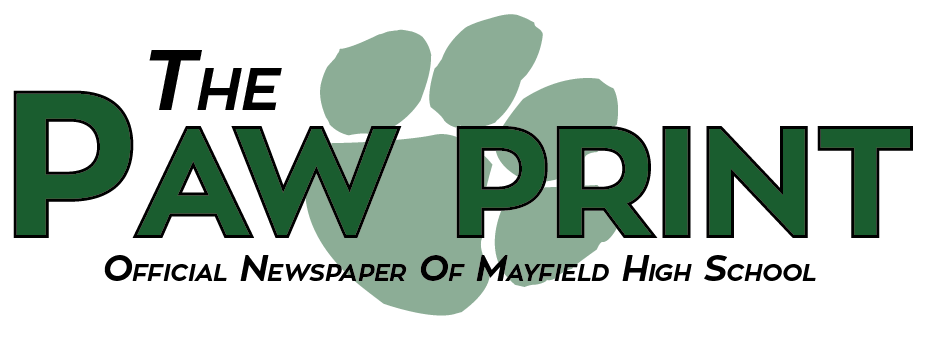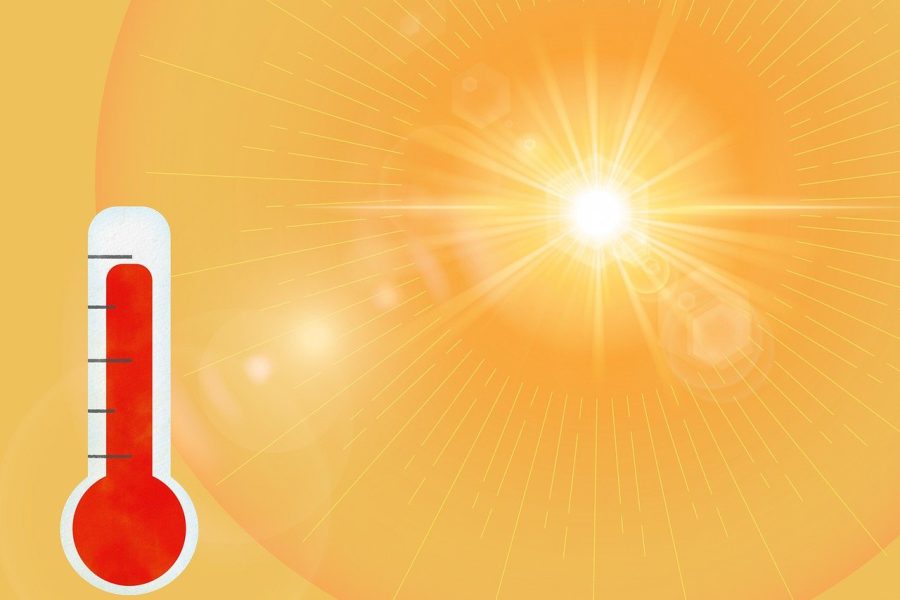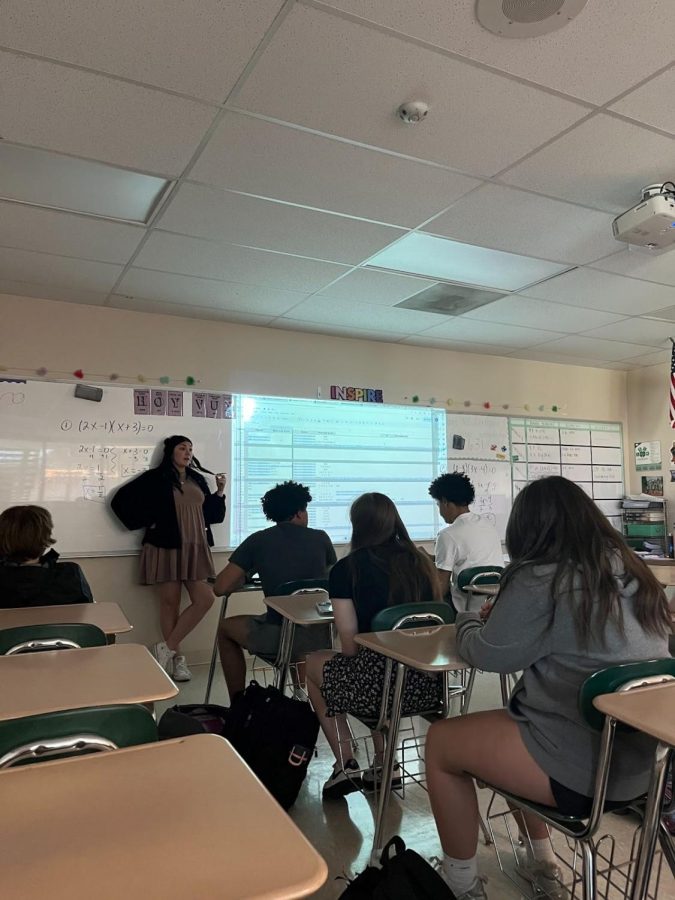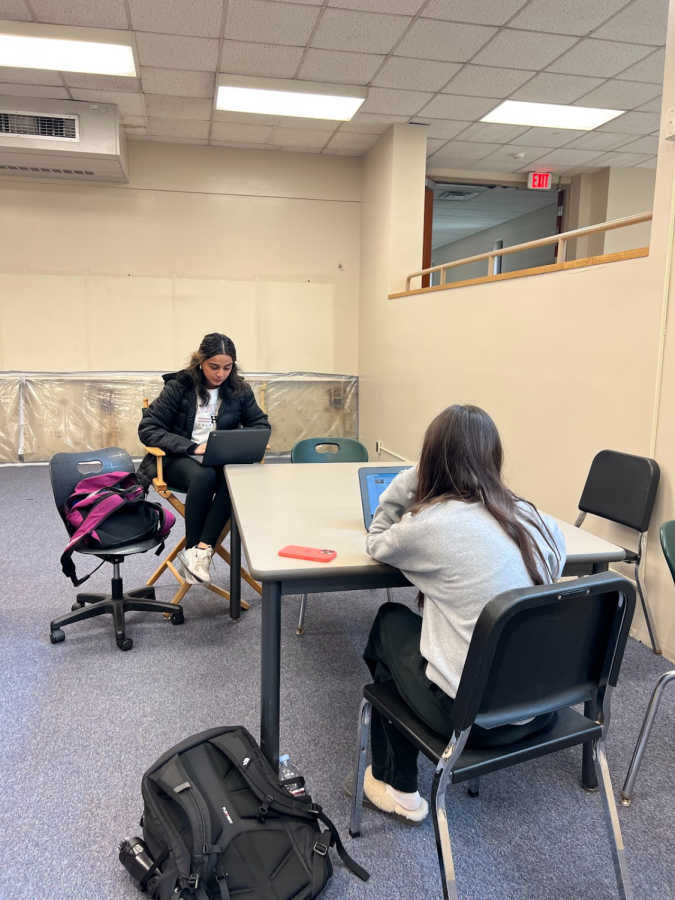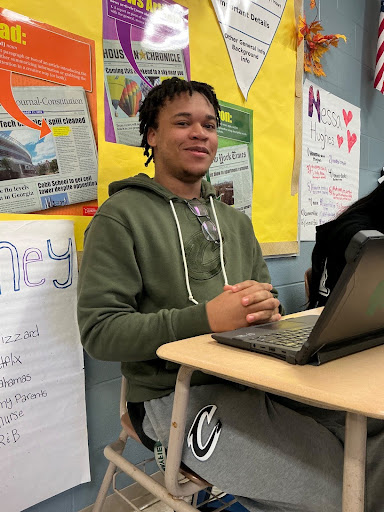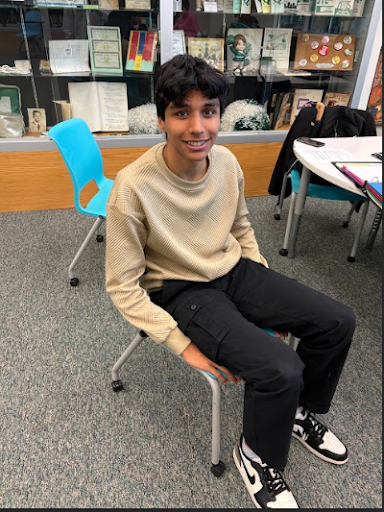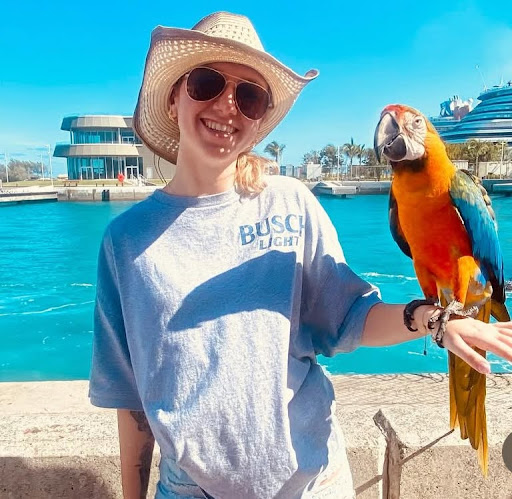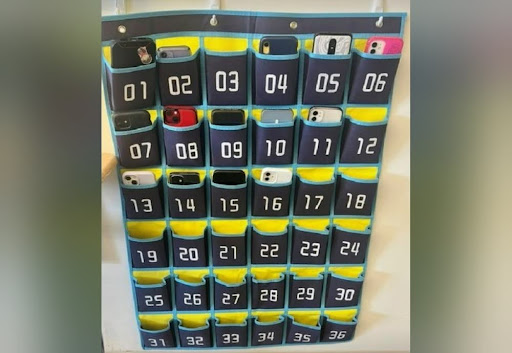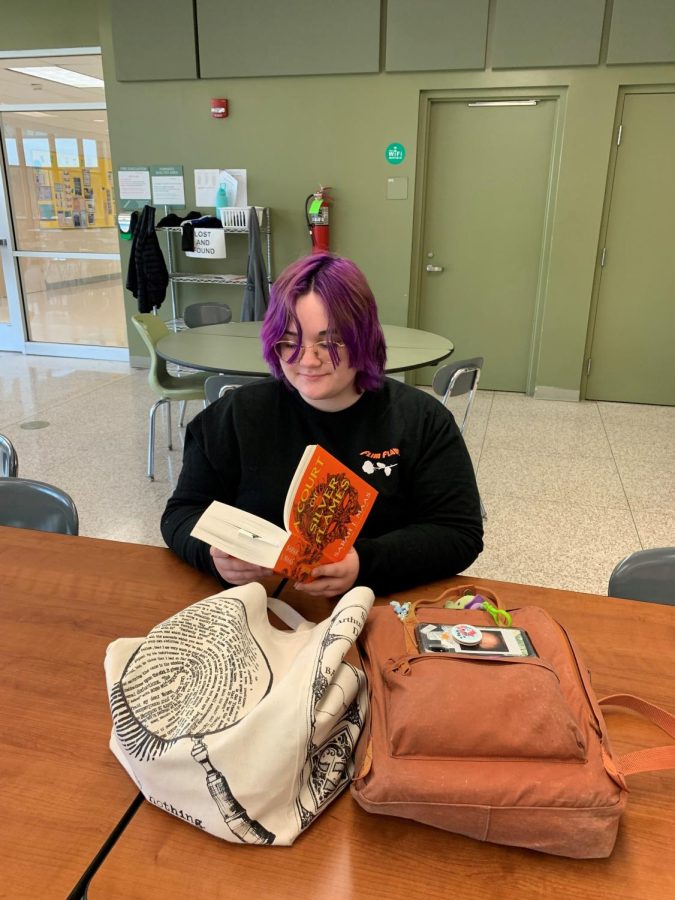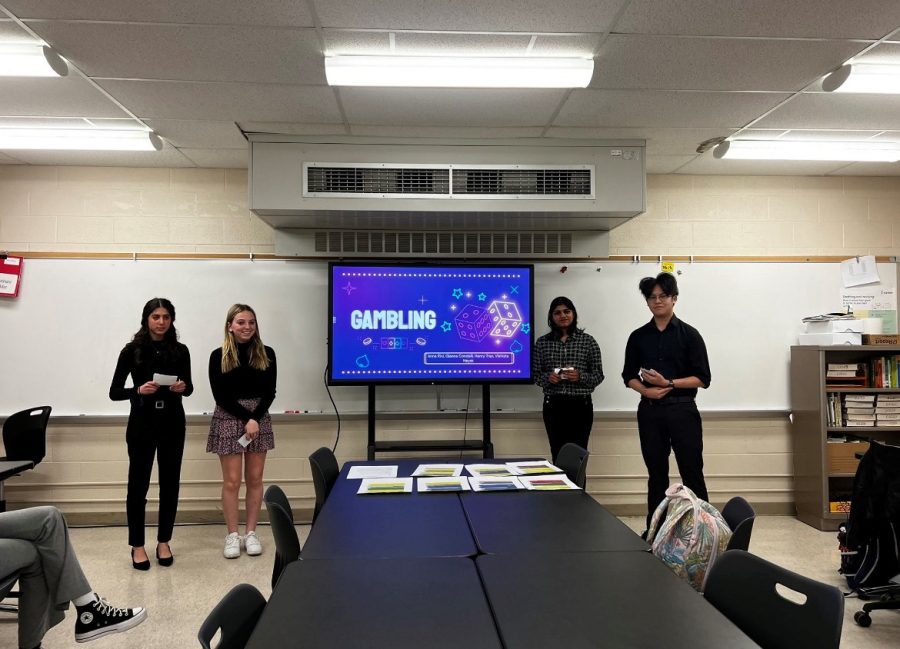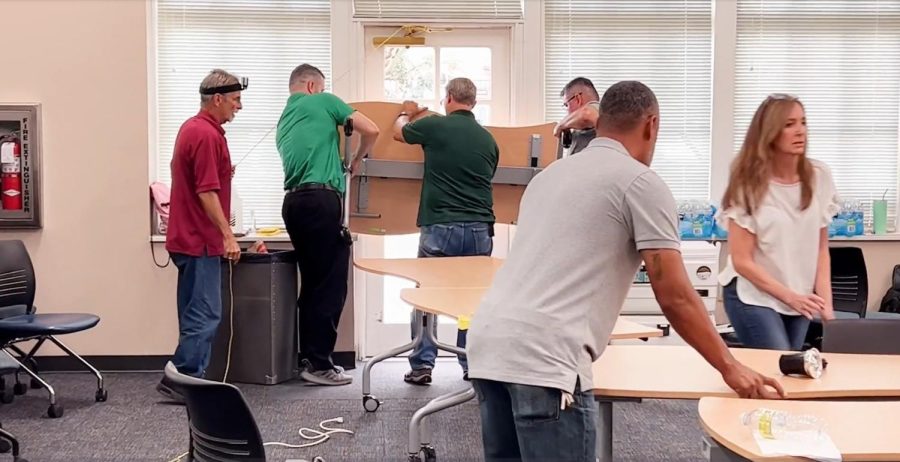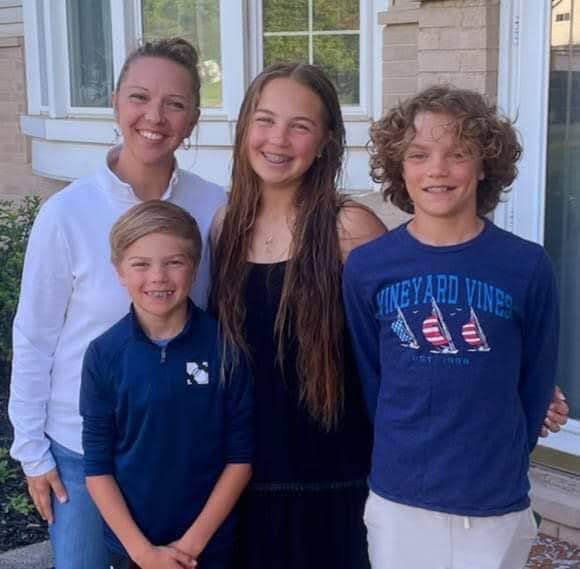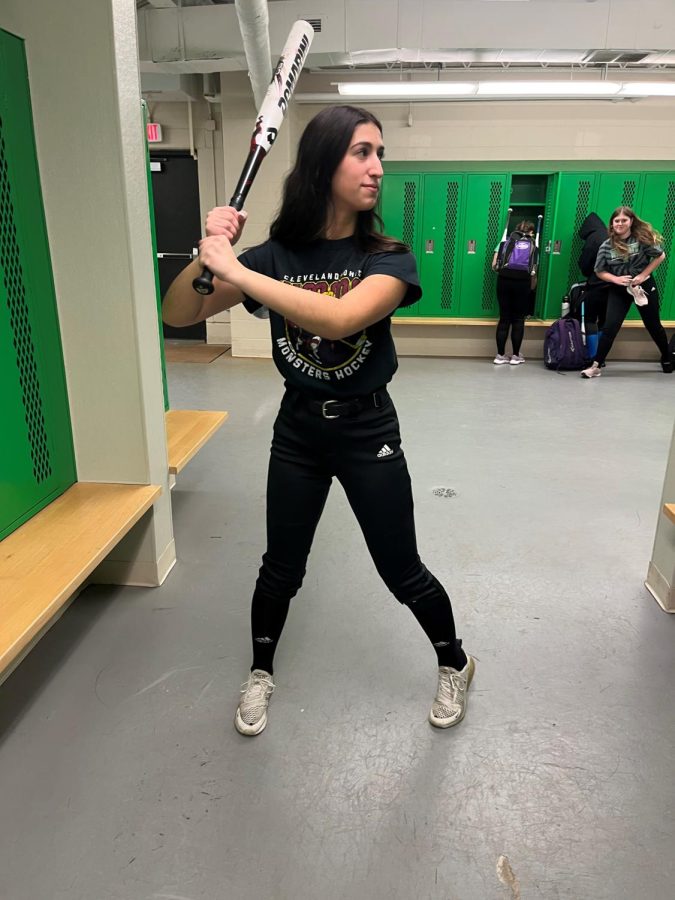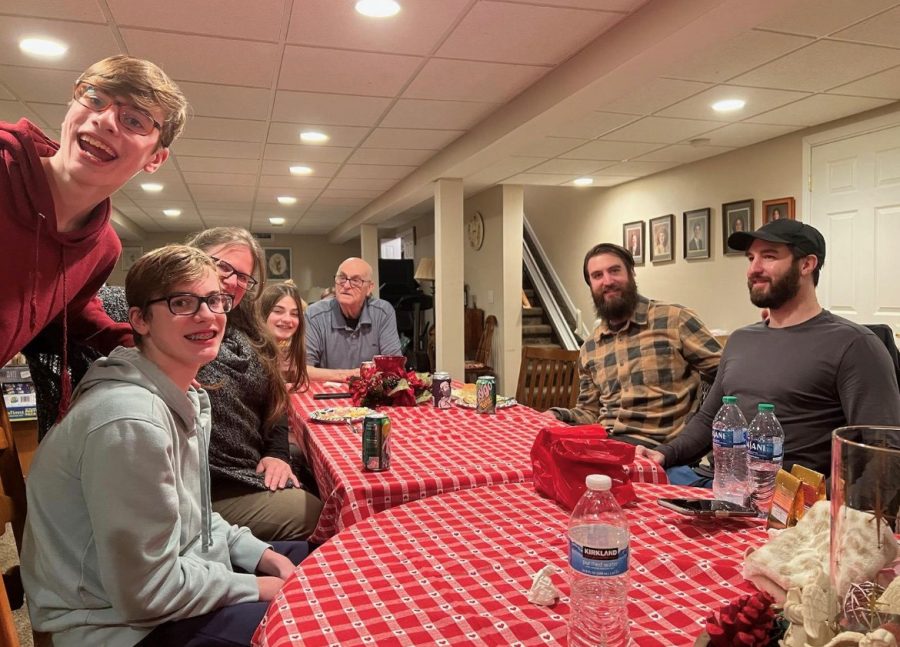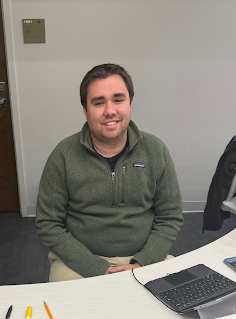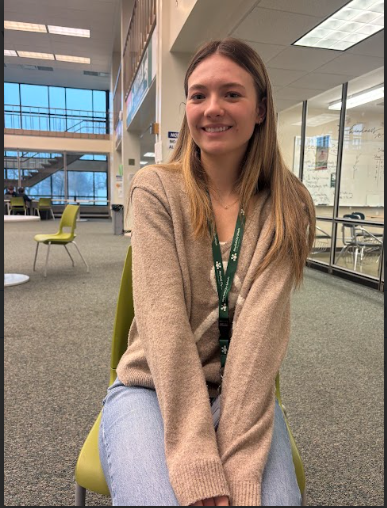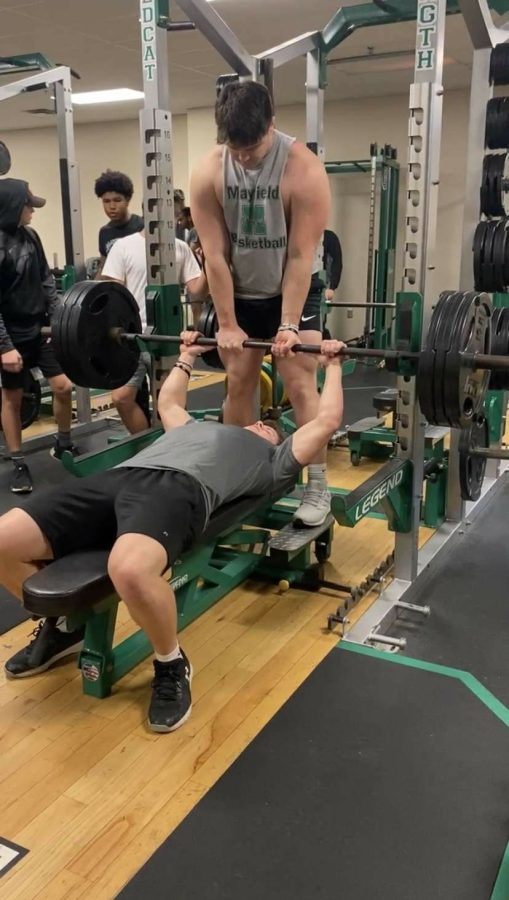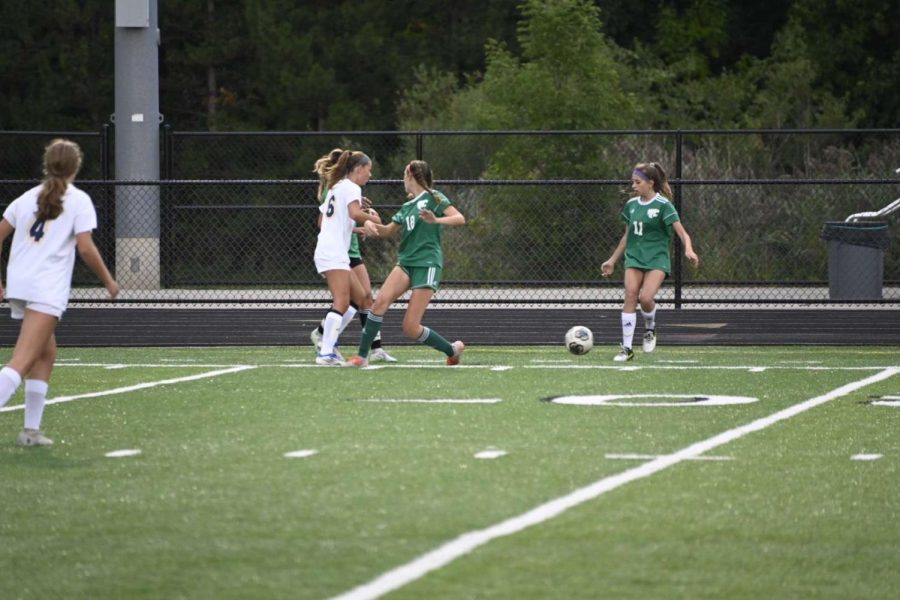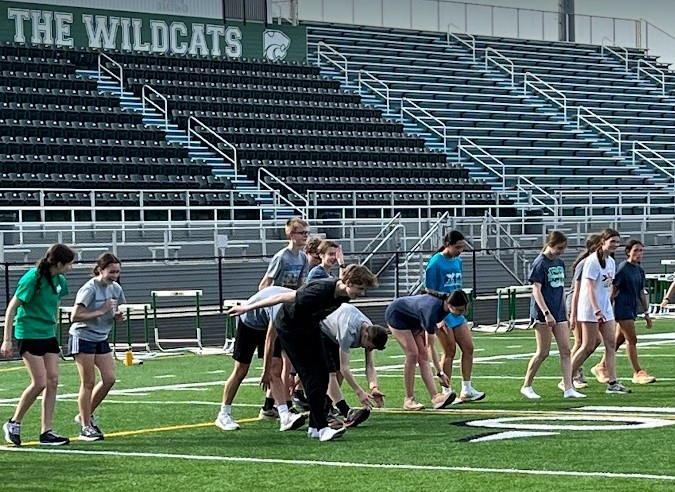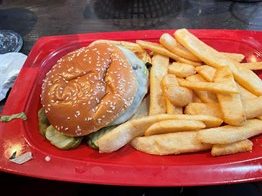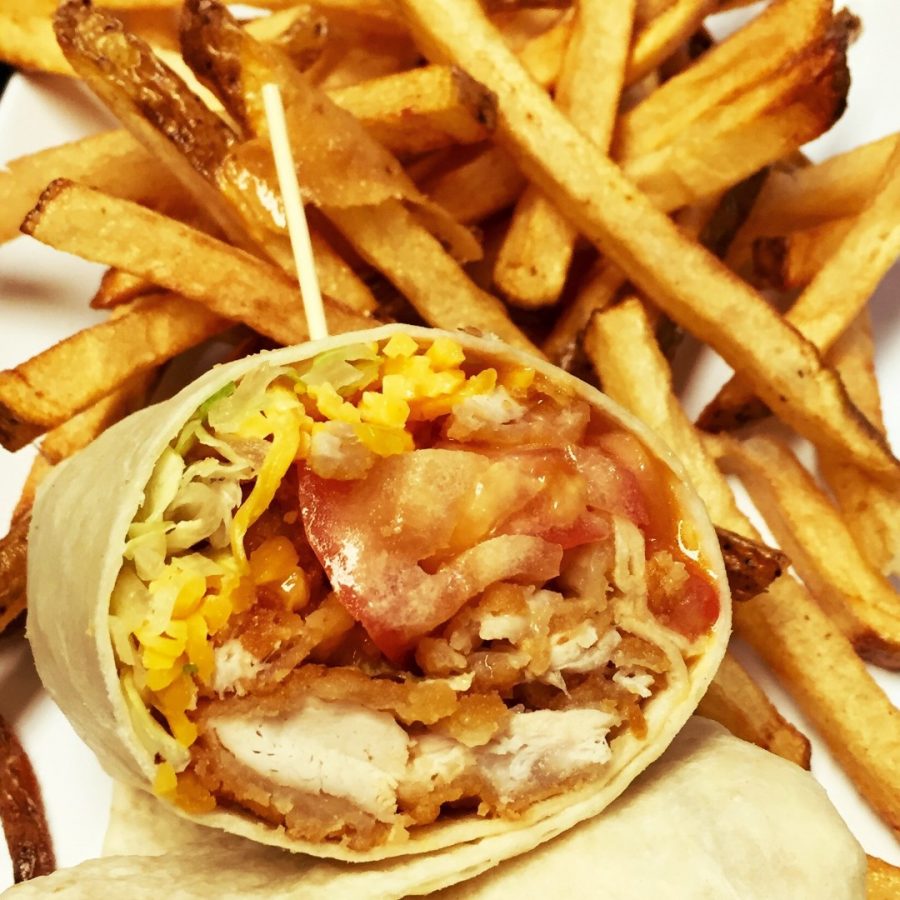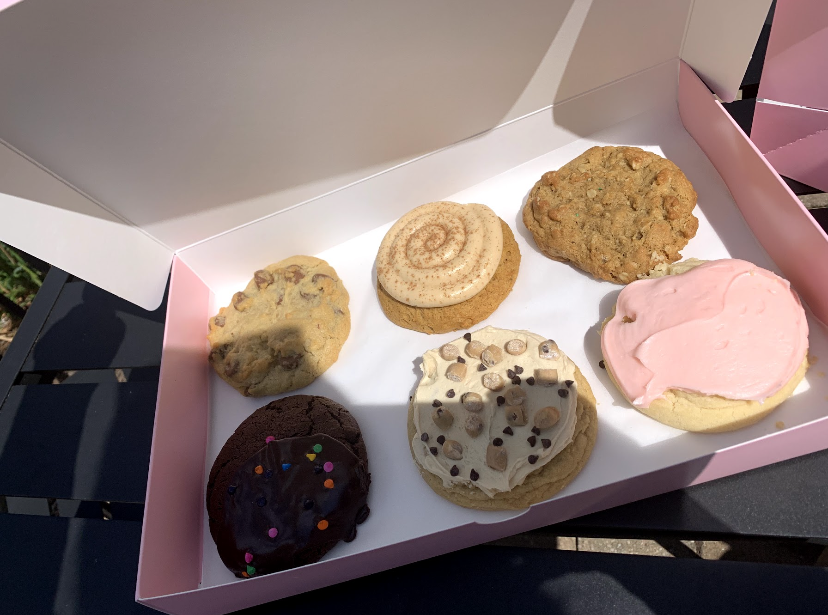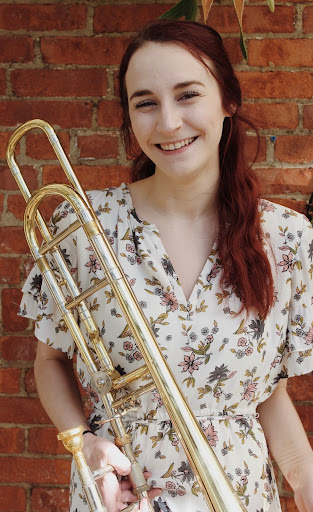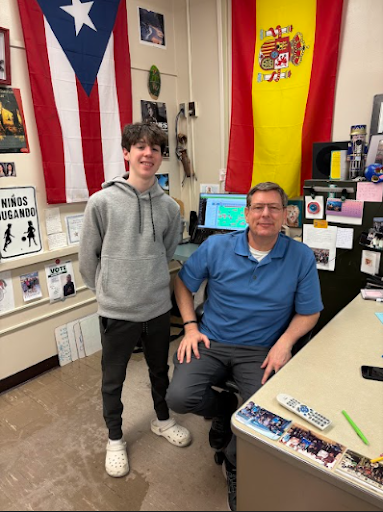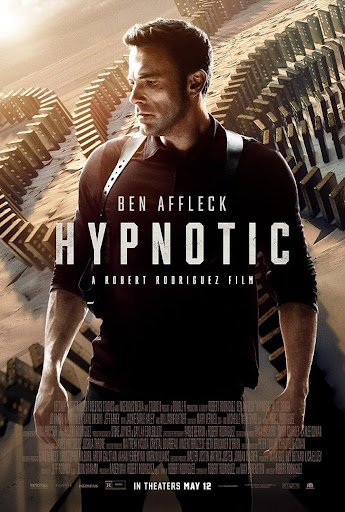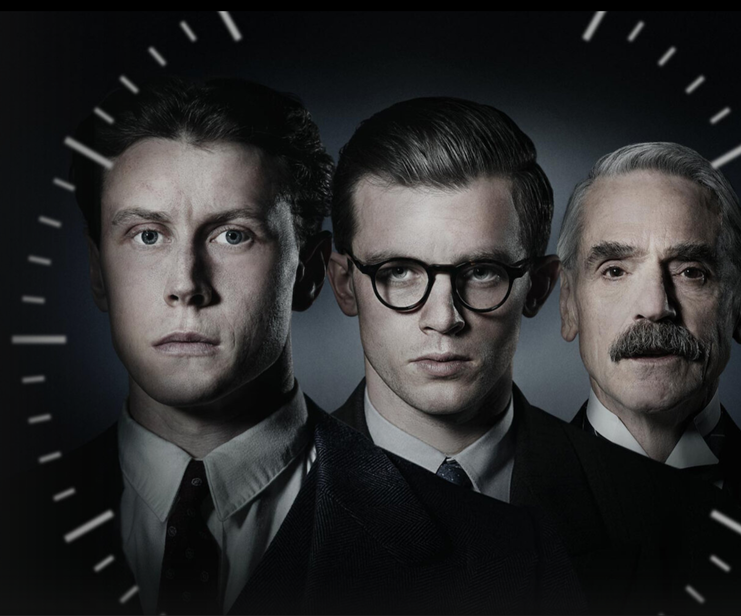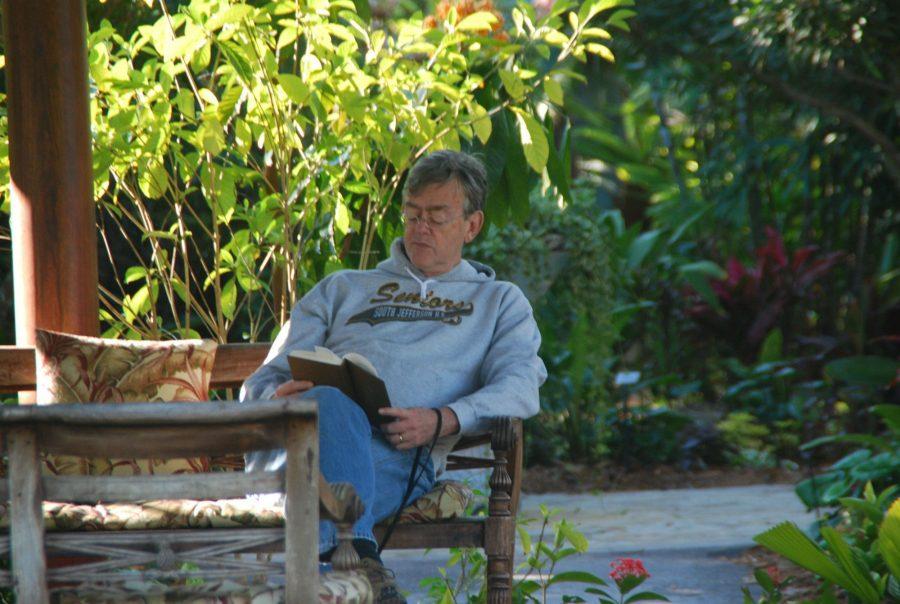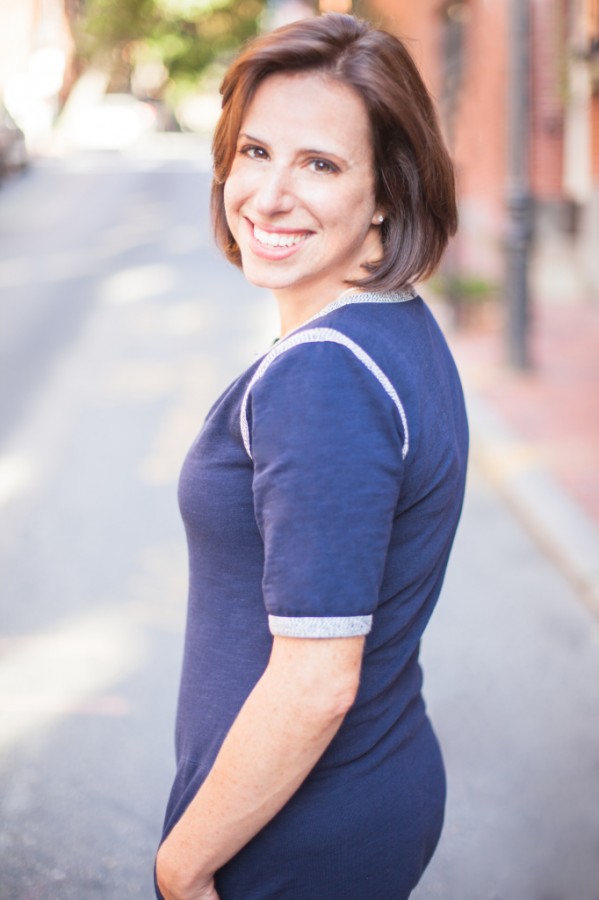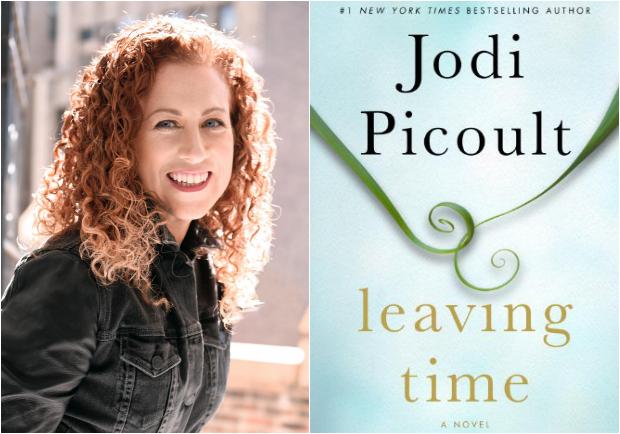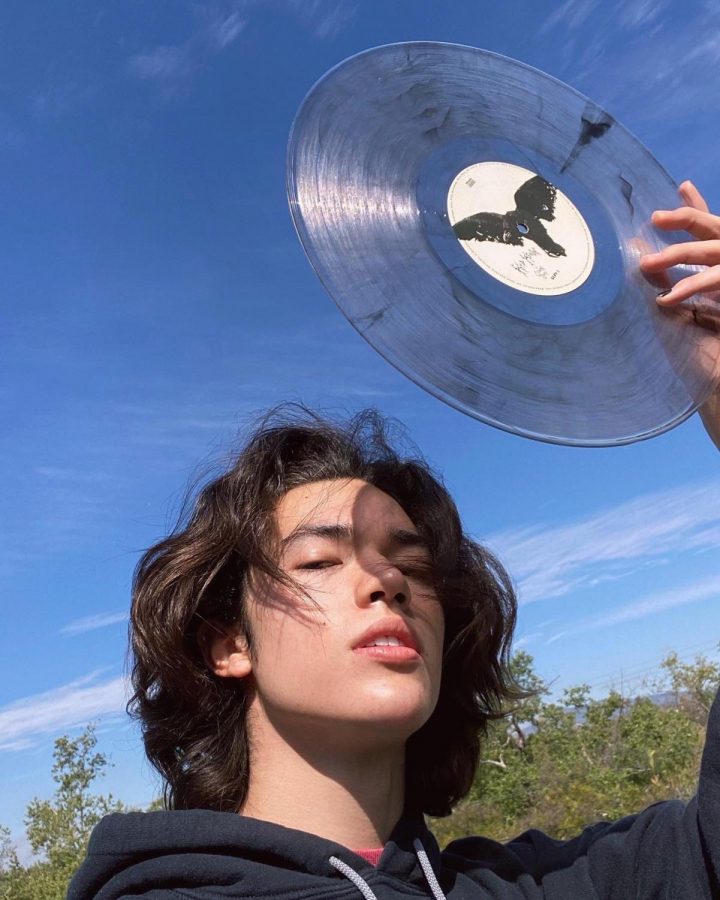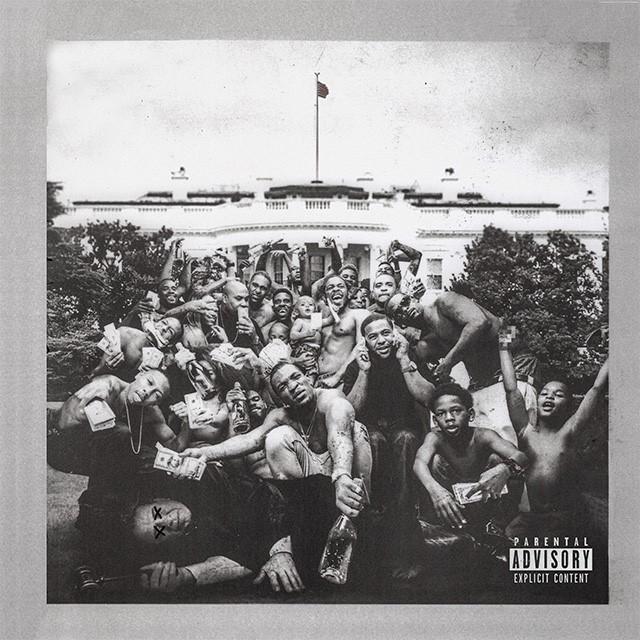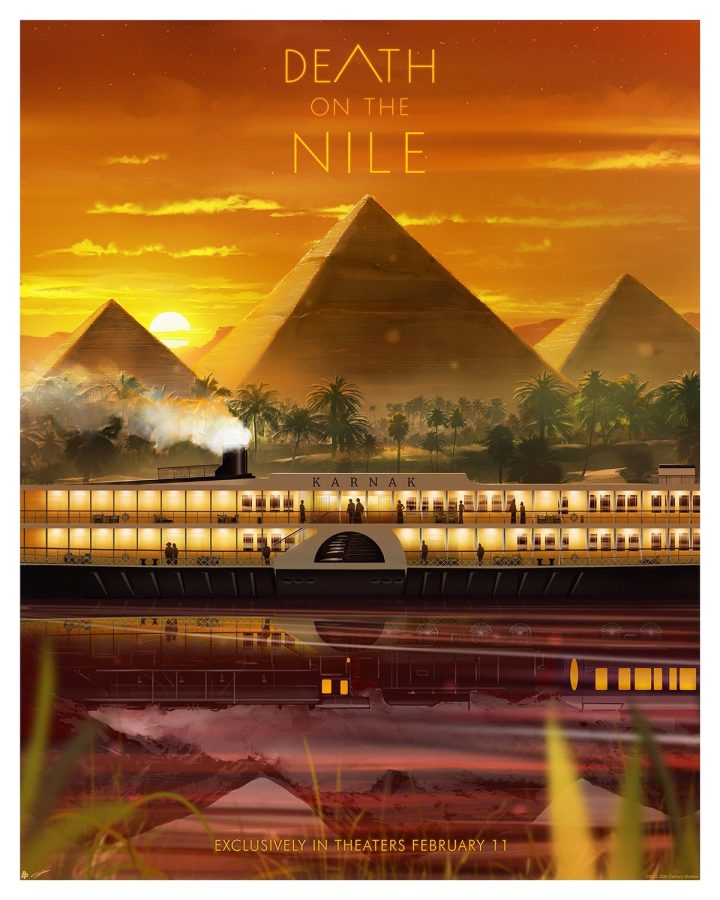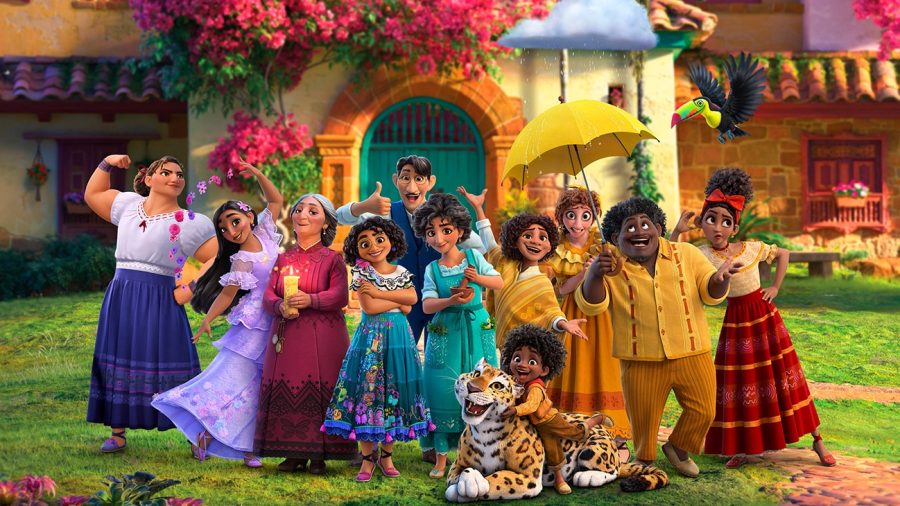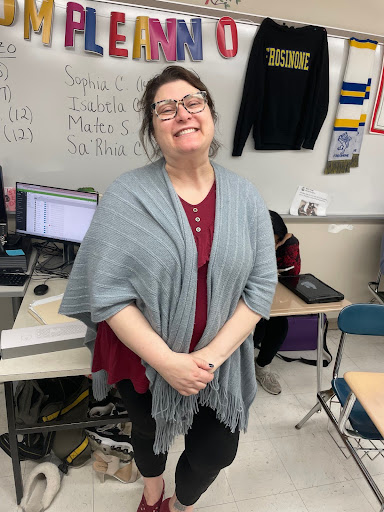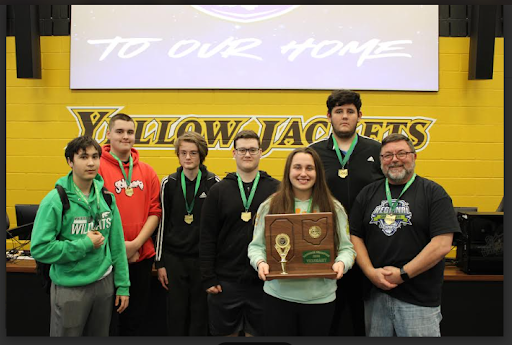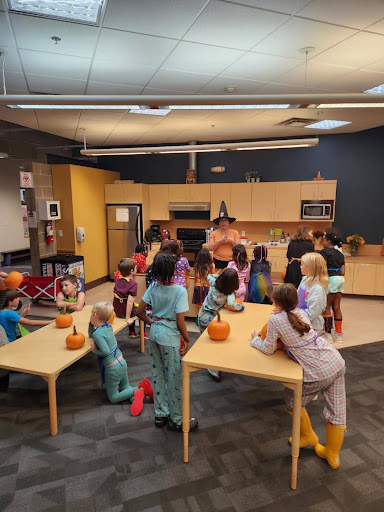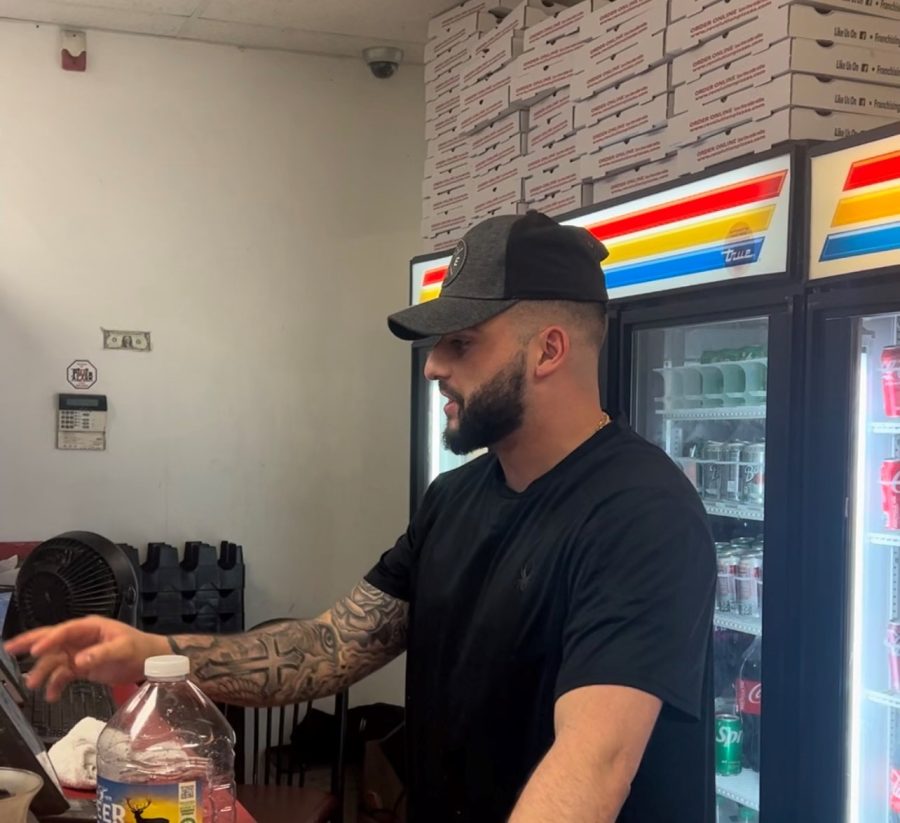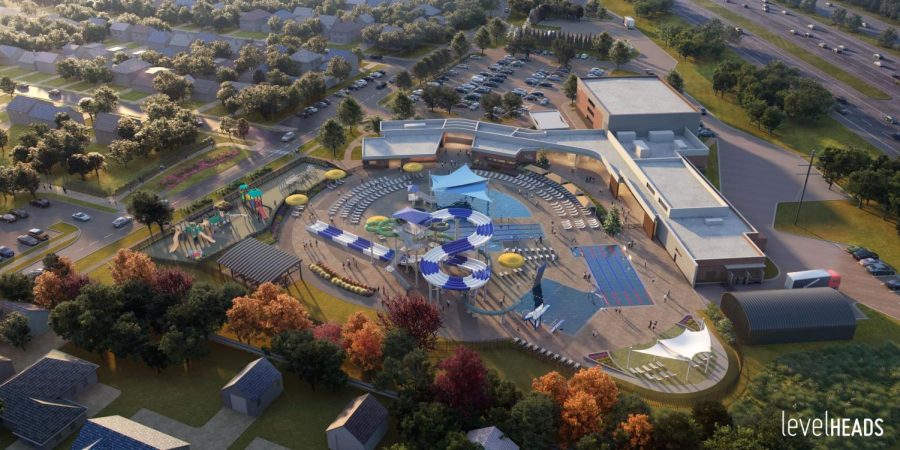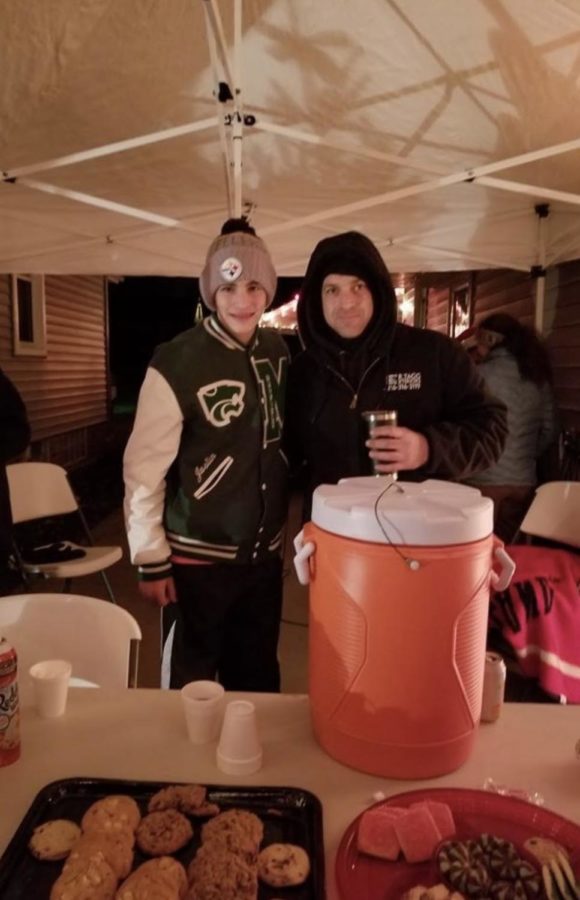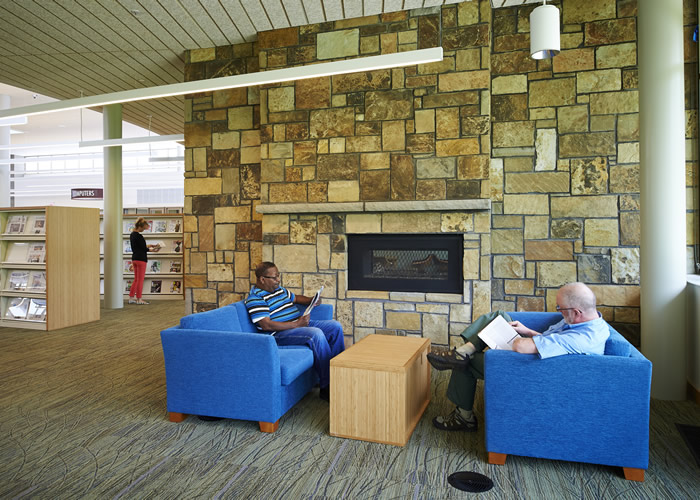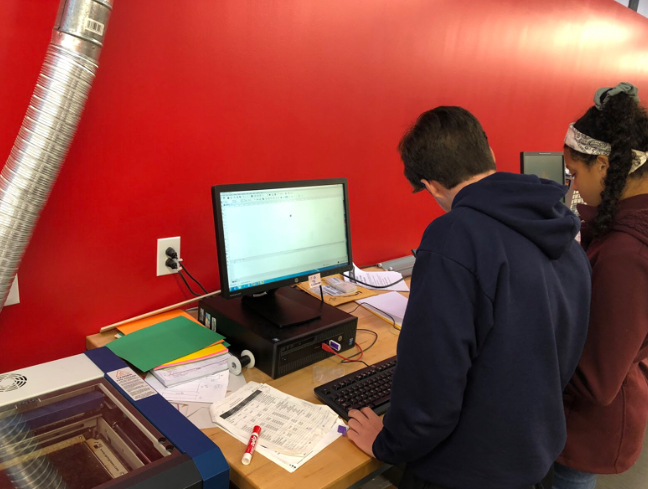Q&A: Science teacher works with students building STEAM bus
Ryan Snow and Jenna Bailey work on the bus design.
December 14, 2018
In an exclusive interview, The Paw Print’s Shania Turner sat down with teacher Corey Rice to learn more about building the STEAM bus with students.
Shania: Why do you think it’s important to teach students how to build machines?
Rice: I think it’s important to teach people how to build machines and things in general because it can demystify a lot of what otherwise seems like a black box. So a lot of computers or robots or the automatic vacuum cleaners, people will think that they’re impossible to understand, mystery, unless they have build something similar on their own.
Shania: When did you start building the steam bus?
Rice: We built lots of things. The steam bus is a project that started this year but I’ve been building things in general, I took over building projects and coaching building projects for Science Olympiad when I started teaching ten years ago and it’s definitely been growing constantly since then.
Shania: So is the school funding this project?
Rice: The steam bus?
Shania: Yes,
Rice: Yes, the school’s funding the steam bus with community fundraising. They have an anticipated budget and my goal is to try and make sure that the amount of money we spend is lower than that budget.
Shania: Ah. How much, vaguely?
Rice:The first number they’ve thrown out is $100,000. That feels high to me, like we could build it for less than that. There’s also some stuff that I have no idea how much it will cost yet.
Shania: How far along are you?
Rice: We’ve made it through the initial visioning process where you what you want it to be. Now we’re in the design and prototyping process. I worked with some students who are Ryan Snow, Jenna Bailey, and Olivia Culp. They are working with me to design the furniture that will go inside the bus but it’s interesting because the bus will have different needs and different things it has to do so they’re building modular furniture that you can put in the bus and take out of the bus and dock it into the bus so it stays still and then you can also dock it in a library and take this furniture and take it and put it in other places.
Shania: Quick question, why do you keep referencing the library?
Rice: Because we’re building this furniture that’s on wheels that we can roll onto the bus or we can roll off of the bus and sometimes we’ll have to do that because if you have a 3D printer on a piece of furniture that you roll onto the bus, that’s great while it’s warm out but if it gets too cold,, the 3D printer won’t work as well anymore so it would make sense to take that into a building and leave it there for the winter and a library would be a place where that could be stored and be useful for students who are trying to learn.
Shania: What do you want the students to get most out of this?
Rice: I want the three students that I talked about before to get an experience of taking a large complex idea with a complex project with community implications from idea to product. And I think that experience is hard to give to a lot of people but it’s neat when you can provide a few students a really high-quality experience like that.
Shania: What has been your favorite memory so far in this project?
Rice: My favorite part of this project so far?
Shania: Yes.
Rice: I think it’s been neat that we’ve been able to make our 3D designs collaborative so they’re shared designs between the four people who are working on it: myself and then the three students. And then they can also be shared with Craig Schmidt and his students who do a mock-up for what the bus itself will look like with the furniture inside and then we’ve been able to produce it on a model scale, on a laser cutter, and then made a full-size prototype on the shopbot downstairs..”
Shania: What’s a shopbot?
Rice: It’s a giant robot downstairs in the fab lab, it’s purple.
Shania: Okay. How do you think you’re benefiting from this?
Rice: I’m benefiting by getting to practice all those building skills; you get better the more you do it. That’s a 100% why we practice most things. That’s why people practice free throws or why you practice on your golf swing. By building more, I get better at building and so for me that’s a great personal part.
Shania: How do you bond different with the three students that your working with different than say your normal classroom students?
Rice:The bonds you make that you make with students who are all working on a big project together as a team is closer, you’re more like a coach in an athletic event then you are as a teacher. So in that way, you get to have a tighter relationship which is neat and you can pay more attention to the things they understand and don’t understand to help guide them towards a deeper understanding.
Shania: How often do you use your own time to work on this project and what motivates you to do it on your own?
Rice: It is almost entirely my own time whether it’s my prep time or out of school time. And I think this is an interesting project so that’s what it is. People ask me too and I like to help the world. So here we go.
